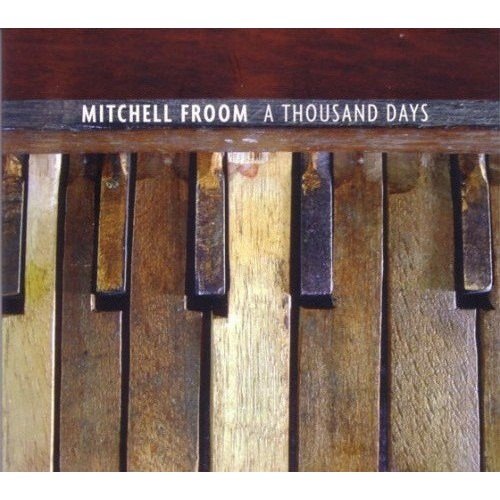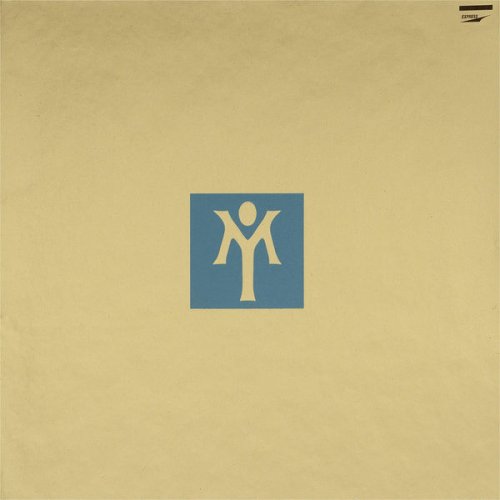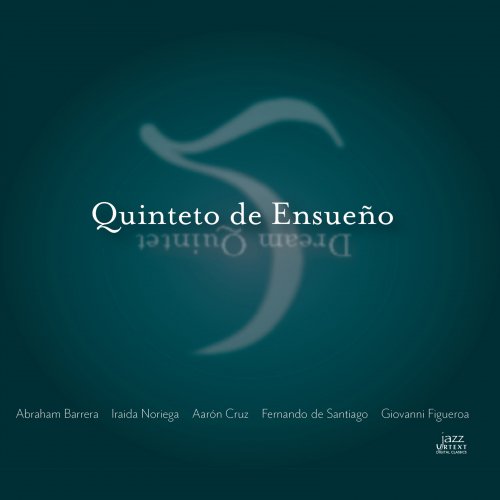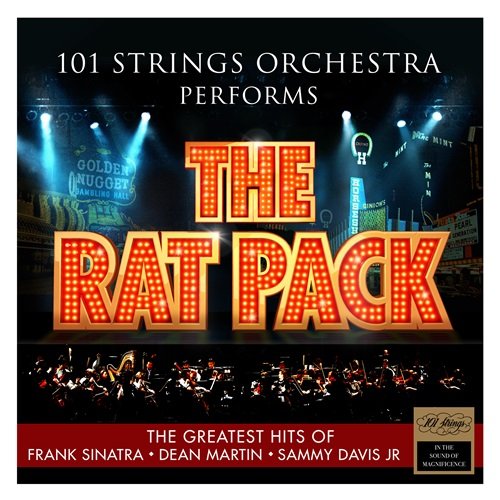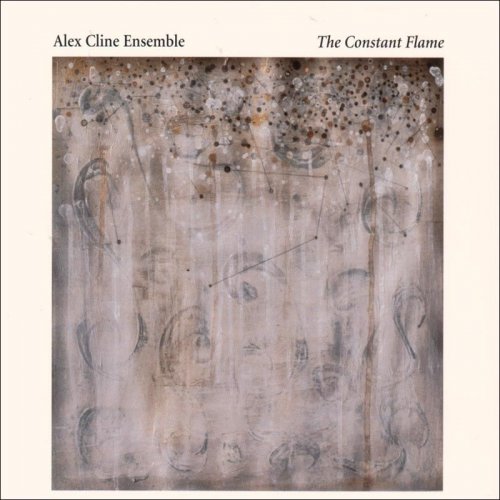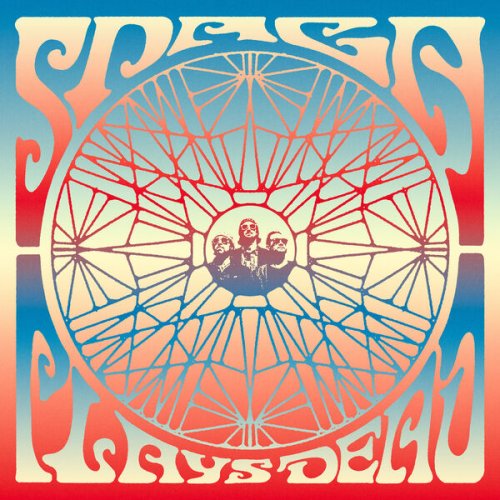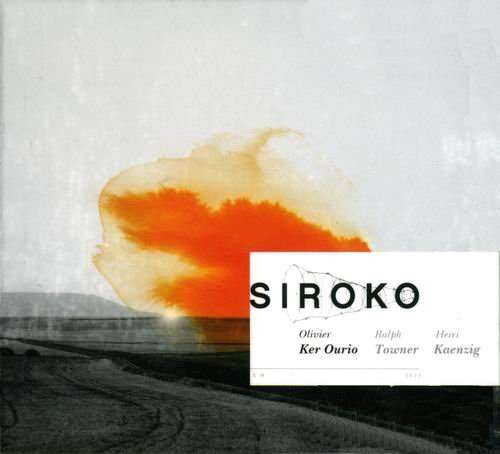Katia et Marielle Labèque - Maurice Ravel (2006)

Artist: Katia et Marielle Labèque
Title: Maurice Ravel
Year Of Release: 2006
Label: KML Recordings
Genre: Classical
Quality: FLAC (image+.cue,log,scans)
Total Time: 63:51
Total Size: 212 Mb
WebSite: Album Preview
Tracklist: Title: Maurice Ravel
Year Of Release: 2006
Label: KML Recordings
Genre: Classical
Quality: FLAC (image+.cue,log,scans)
Total Time: 63:51
Total Size: 212 Mb
WebSite: Album Preview
Rhapsodie Espagnole
1. Prélude à la nuit 4'52
2. Malagueña 2'00
3. Habanere 2'59
4. Feria 6'23
Ma mère l'oye
5. Pavane de la belle au bois dormant 1'50
6. Petit poucet 2'57
7. Laideronnette inpératice des pagodes 3'34
8. Les entretiens de la belle et la bête 4'17
9. Le jardin féerique 3'55
10. Menuet antique 7'12
11. Pavane pour une infante défunte 4'27
12. Prélude 1'56
13. Boléro 15'08
Performers:
Katia Labeque, piano
Marielle Labeque, piano
The Labèque sisters' recordings on the Philips and London labels from the early '80s, which were big hits, largely disappeared after their initial acclaim and, as of the early 2000s, were only found in excerpts on compilations. So as the big labels continue to abandon new classical recordings, the Labèques started their own record label, as many other artists have done, allowing them the freedom to choose what kind of music they want to record, whether it be standard piano duet repertoire or new interpretations of Lennon and McCartney. Their first release on their KML Recordings is this collection of works by fellow Basque countryman Maurice Ravel. Even here, they don't stick to just his music for two pianos or piano four-hands; Katia and Marielle also each throw in a solo (Prèlude and Menuet Antique, respectively). And they haven't lost their touch. The Rhapsodie Espagnole has lush, very sultry coloring, played with delicacy and their nuanced, yet imperceptible control of their articulation, even in the whirling moments of the "Feria." In their 1985 recording of Ma mère l'oye, the Labèques were very serious and profoundly paced, particularly in the first two sections, but here they have slightly lightened the air, giving the music a more intimate, childlike innocence. Ravel's Bolèro, known (and sometimes hated) by everyone in the orchestral version, is heard in his two piano version much less frequently, even less often than his two piano version of La Valse. The Labèques invited percussionists Gustavo Gimeno and Thierry Bescari to join them for Bolèro, using several different Basque percussion instruments. The added element is at first very subtle, but it fills out the music by making the rhythm much clearer. It frees the Labèques from that dilemma of defining the bass rhythms while coloring the melody and harmony. And as the work builds, the percussion becomes more prominent and adds the exotic texture that Bolèro cries out for. The recording's sound is very rich, picking up all the different shades of the performances. The essence of the album is a sense of fantasy that encourages daydreaming, played with incredibly sensitive technique. Welcome back, Labèques!

